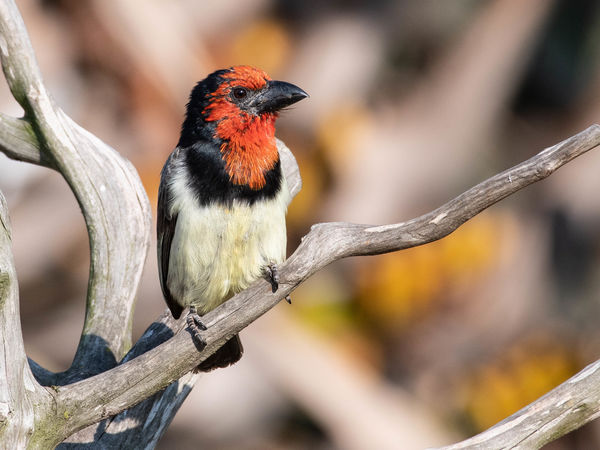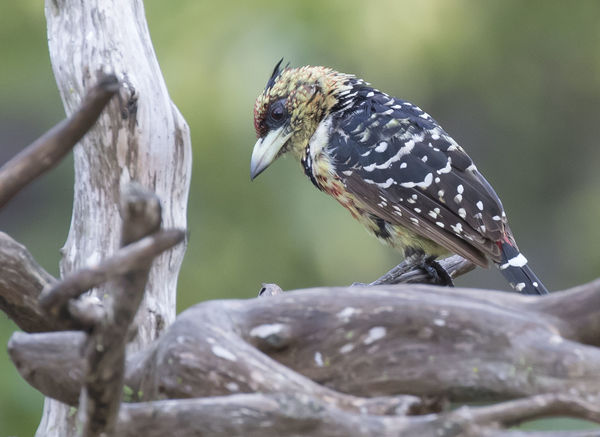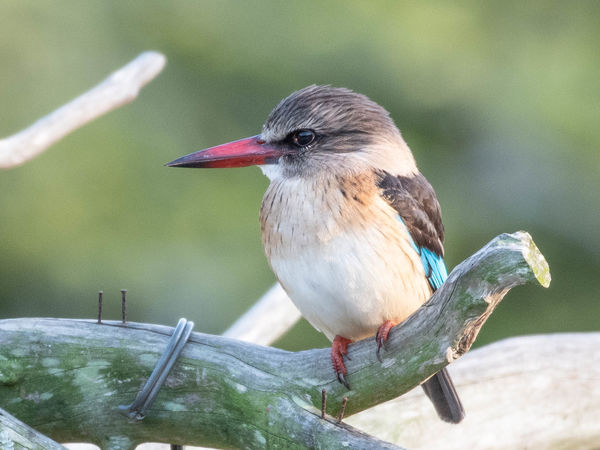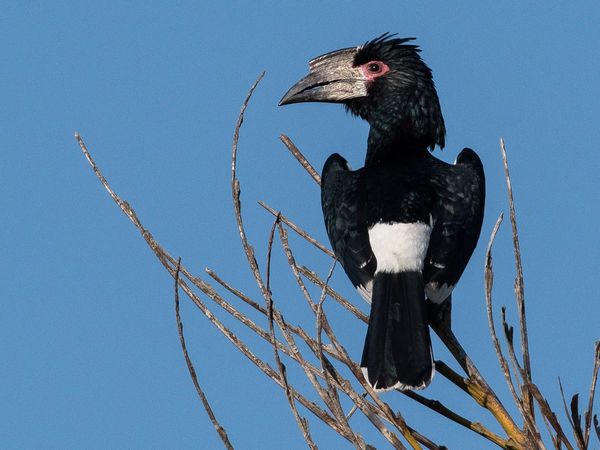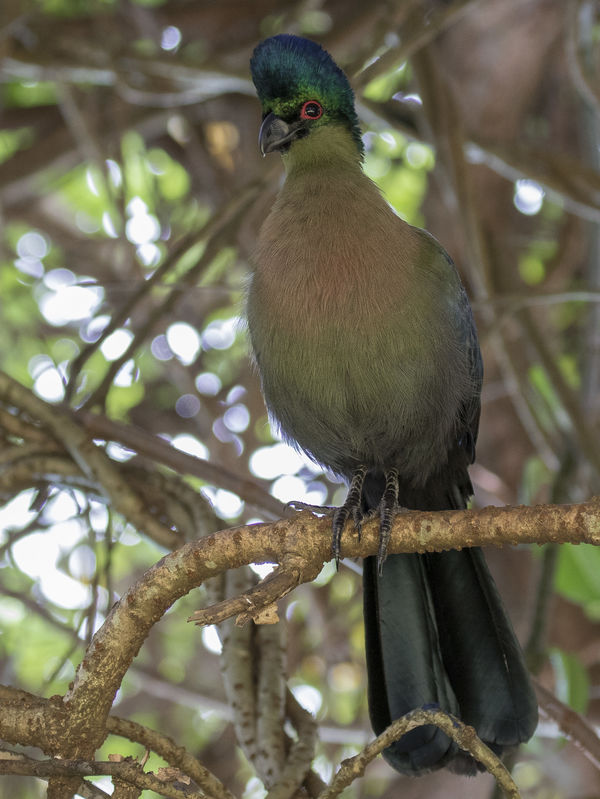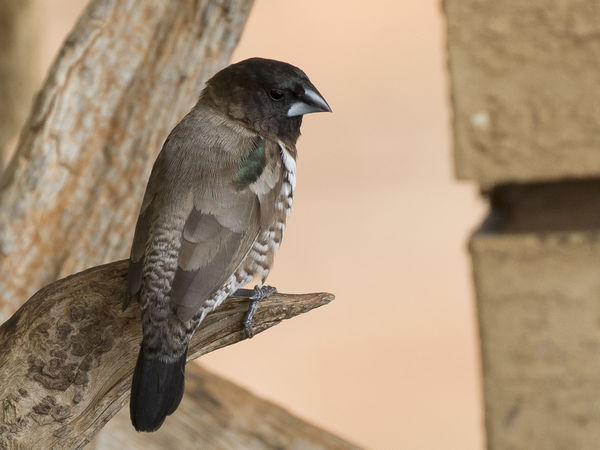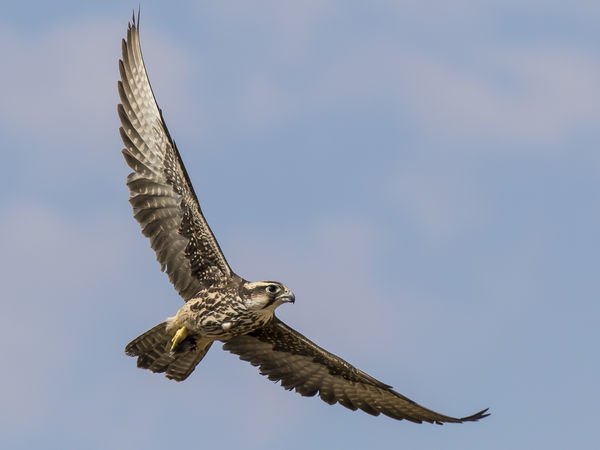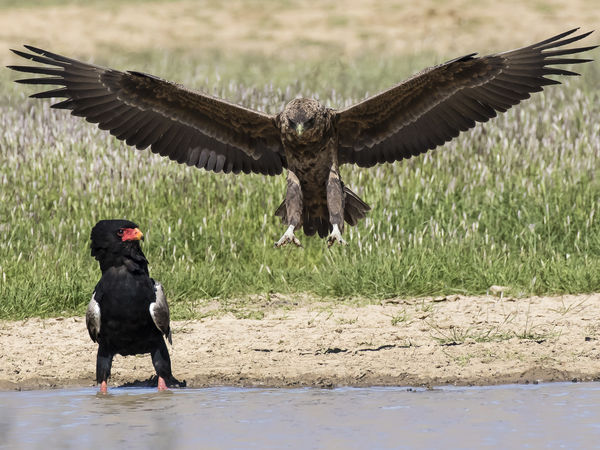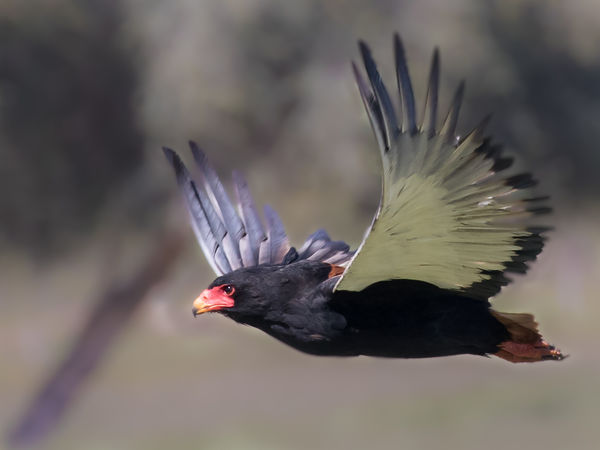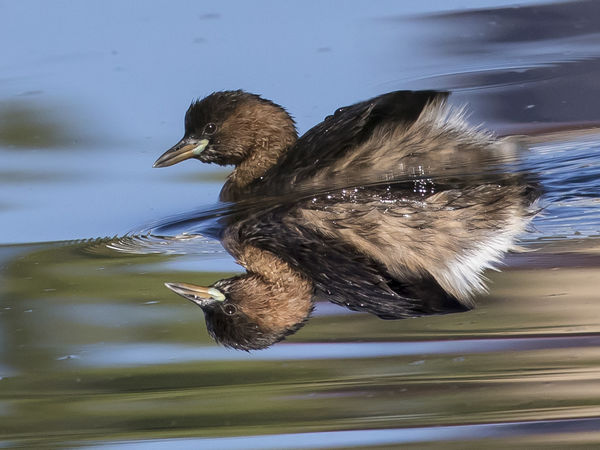When you import your RAW images into Adobe Lightroom, only the most basic level of sharpening and Noise Reduction are applied to your image. The exact same defaults are applied to all images, regardless of the camera type, lens model, ISO level, etc. Below are some examples of what to consider when adjusting these defaults.
Link to Adobe > https://helpx.adobe.com/lightroom-cc/how-to/sharpen-photos.html
The Adobe documentation is pretty bare bones. Below are some examples of the four Detail Sharpening sliders in action.
Lightroom Sharpening Defaults
Lightroom "Classic" now defaults to Sharpening amount = 40 rather than the older LR6 (and earlier) default was 25. Remember that no sharpen is performed in-camera on your RAW file (zero, nada, nil, zilch). Your RAW image should immediately look better with even the minimum +40 / +25 sharpening applied by the LR import. The other defaults for radius and detail are generally helpful, but never as much as you'll likely need for the specifics of your image. Worst of all, the most powerful tool in this section of LR, the Masking slider, defaults to 0.
Example 1 shows the 100% details of an image immediately after the LR import. Note the LR6 defaults: Amount = 25, Radius = 1.0, Detail = 25, Masking = 0
https://live.staticflickr.com/65535/48685980336_8e34754710_o.jpg
Sharpening is a technique for editing your digital image to make the fine details appear distinct.
Consider the fine hairs of the bee shown above in Example 1. This image is sharply focused on the nearest eye of the bee. You can distinctly see the individual hairs, particularly around the nearest eye, along the back and along the top edge of the head. The accuracy of the focus, the resolving power of the lens, and the pixel resolution of the digital sensor all came into play when the image was captured. In post processing, you can also adjust the contrast of the edges of the finest details making them appear more (or less) distinct. This is "sharpening". Your over-sharpened / "crunchy" image likely has the miscellaneous digital noise sharpened within the image along with the actual image details.
Explaining the Lightroom Classic Sharpening Detail sliders
Found in the Detail Panel of the Develop Module, these four sliders are available:
1) Amount
The Amount slider is simply the overall strength of the effect. At zero, no sharpening is applied to the image. The higher the number, the more overall sharpening you will see. At 150 (the right limit of the LR slider), the image will tend to be an ugly mess. Finding the "right" value is an interplay between the other three settings, as well as your use of the Noise Reduction settings. You'll need to develop your own personal preference for how your finished images should appear when viewed digitally and / or printed.
2) Radius
The Radius slider controls the size of the sharpening area around the edges of the details within the image. The default value of 1.0 means that LR will apply sharpening over 1 pixel around the edge. Lower values give you a thinner edge, while larger values give you a thicker edge. You should be sharpening the actual details of the image. Too large a radius will sharpen areas around the actual details, possibly increasing the digital noise or creating a 'halo' around the image details.
3) Detail
The Detail slider controls the relative sharpening of the fine versus coarse details (within a given radius value on the Radius slider). The Detail slider also affects the overall strength of sharpening. At 0, only the largest details within the image are sharpened, such as the nearest edge of the bee's wings. At Detail = 100, the finest details within the image are sharpened, such as the finest hairs around the eyes. At higher Detail settings, expect to see the digital noise within the image being sharpened along with the actual images details.
4) Masking
The Masking slider is the "secret sauce" of LR sharpening. Use your <ALT> key on Windows or <Option> key on MacOS to move the slider to the right until you've highlighted only the important details of the image, leaving the unimportant background with no additional sharpening, to better isolate and define the subject from the softer and less defined background.
Demonstrating the Lightroom Classic Sharpening Detail sliders
Example 2 - The Amount Slider
https://live.staticflickr.com/65535/48685638538_703f16990c_o.jpg
The first step in all sharpening work is to zoom to the 100% view of the image details. Adjust your view of the image to display the point of emphasis / subject of the image.
Press your ALT / Option key and move the Amount slider to the right to better "see" the details of the image as you adjust this slider. Example 2 has moved the slider too far to emphasize the effect. You'll likely find your own "right" amount somewhere between 50 and 100 for your RAW images. Your JPEGs were sharpened in the camera. They may benefit from more sharpening, but never to the amount needed for your RAW files.
Example 3 - The Radius Slider
https://live.staticflickr.com/65535/48686153462_7fd0ab9793_o.jpg
Press your ALT / Option key and move the Radius slider to the right to better "see" the details of the image as you adjust this slider. Example 3 has moved the slider too far to emphasize the effect. I've found the Radius slider is very dependent upon the camera being used. If you start at the left side (minimum 0.5) of the slider, as you move the slider to the right, you'll see a "grain" appear along with the image details. I've seen recommendations online for 1.5. Personally, I prefer the minimum 0.5, and up to maybe 0.8. Your specific camera may benefit from a higher value. Remember that the various sliders interact; come back and adjust / re-adjust the Radius slider as you fine-tune your image.
Within Example 3, note the halo developing along the edge of the bee's wing where the radius slider has been moved 'too wide' at setting 2.5.
Example 4 - The Detail Slider
https://live.staticflickr.com/65535/48685638638_8449167bdd_o.jpg
Again while pressing your ALT / Option key and moving the Detail slider to the right, you should better "see" the details of the image as you adjust this slider. Example 4 has moved the slider too far to emphasize the effect. Example 4 shows both the details of the fine hair being emphasized at Detail = 95. But note too, the noise / texture of the background is being sharpened. My adjustment to the Detail Slider tends to be between 0 and 20, and always less than 50.
Example 5 - The Masking Slider
https://live.staticflickr.com/65535/48685638688_35873d6a22_o.jpg
The Masking slider allows you to control where the sharpening effect is applied. With the slider set to 0, the sharpening effect is applied to the entire photo. As you press your ALT / Option key and move the Masking slider to the right, the effect will start sharpening areas with only strong edges. Example 5 shows the 'mask' at 68. I'm usually at 60 to 85, depending on the specifics of the image.
If you're experimenting with these sliders for the first time, cycle through the four sliders tweaking each one until you arrive at the desired amount for your test image.
Remember that Noise Reduction (NR) will soften the fine details in the image. If you have not yet adjusted the NR values, continue onto that work and return to Sharpening and see if you need to refine the Sharpening settings. When you reach a setting you like, make it a preset and test / apply to other images. Try images you've edited / sharpened in the past and compare the results. Display the image history and click between the before and after. Or, create a virtual copy and use the Compare window. Adjust your sharpening settings, as needed.
Example 6 - Details of finished image
https://live.staticflickr.com/65535/48685980296_5b34dc76fc_o.jpg
As discussed in Basics of noise processing, you should review and adjust the Noise Reduction defaults too. A lot of detail can come back into the image by simply adjusting the default Color NR setting applied during the RAW import.
SUMMARY
1. Look closely at any / all default values your tool applies to your RAW files.
2. Look for consistency of Sharpening values at unique ISO values (for each camera model and / or lens, if applicable)
3. Seek a consistent and efficient RAW workflow where you apply our own custom-developed Sharpening defaults to your images.
When you import your RAW images into Adobe Lightro... (
show quote)

